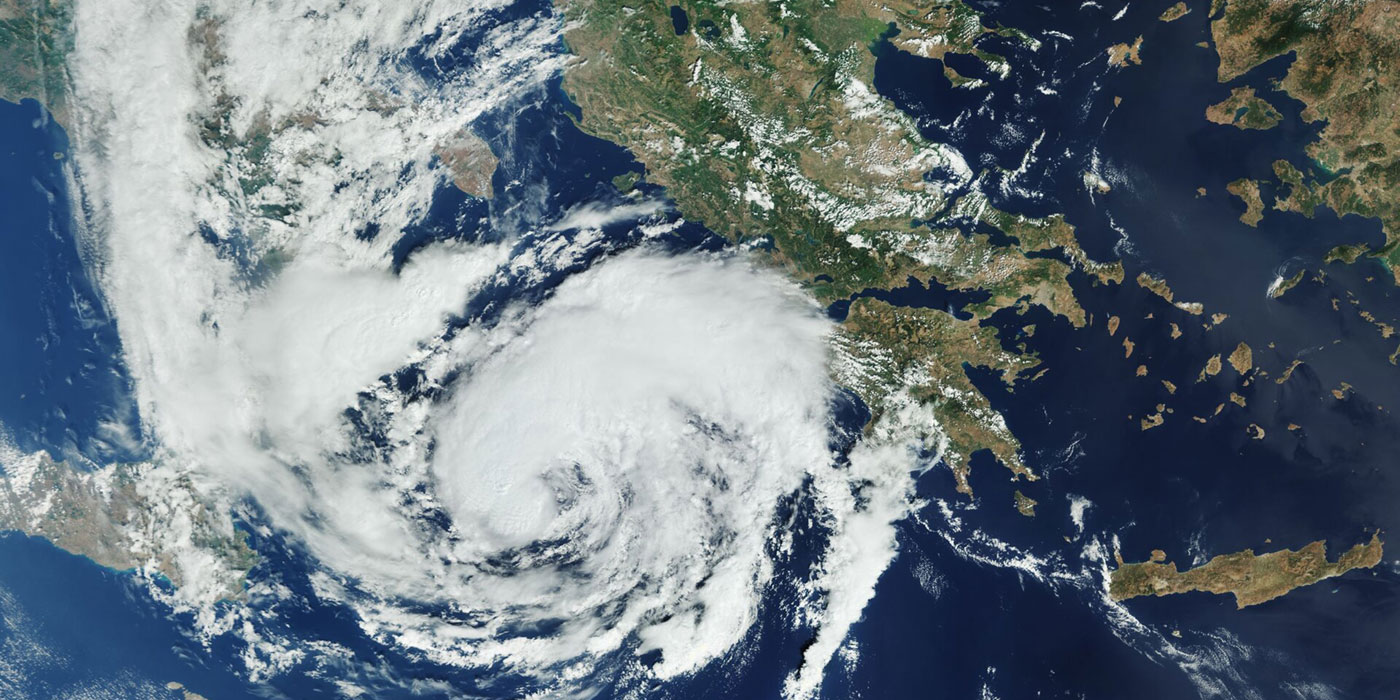
Price hikes likely in European cat market
Despite many years of benign loss activity, European property cat reinsurance will experience rate rises at the upcoming 1.1 renewals, according to SCOR.
By Mark Richardson, London Editor
Anne-Marie Cical, SCOR P&C Reinsurance CUO, tells Reactions that while price hikes in cat will vary from continent to continent, COVID-19 has meant adjustments will be needed on a global scale.
“At SCOR we pride ourselves on treating clients individually based on their historical performance, relative pricing quality and overall relationship across all lines,” she explains. “However, in the context of the global pandemic crisis which will have long-term consequences, including but not limited to significant uncertainty associated to its final and full development on losses and economies, there is a case for rate increases across all territories.”
Property cat is influenced by multiple factors other than loss experience, Cical says, including the investment environment and relative regional return expectations. With retro costs increasing she says cat pricing is below the target level needed to restore reinsurer margin.
In order to attract capital Cical says every region requires a certain level of expected return. Despite many years of benign loss activity in Europe, she points to recent losses in the U.S. and Japan as putting stress on the overall capital pool which is shared by all territories.

“The need for rate increases is likely not a result of a shortage of capacity but the need to generate enough margin to generate sufficient return on capital,” she adds. “As reinsurers are offering a prospective product pricing can’t entirely rely on past historical performance but the prospective need to remunerate shareholders.”
Cical says that clients understand and accept there are multiple dynamics in play, and that to have a healthy reinsurance market for them to rely on in the long term, an appropriate profit margin is essential.
“The core value proposition of the global reinsurance market is to make our clients' capital more efficient by allowing them to access a ‘global balance sheet,’” she says. “A balanced cat portfolio by region/peril is thus directly beneficial to our clients. While loss expectancy as well as quantum of available business differs between regions it is not a sustainable value proposition to offer under-priced capacity for the purpose of diversification.”
SCOR has invested in better understanding the mid and long-term impacts of climate change, and Cical explains this is also discussed with clients when it comes to assessing future loss scenarios.
“Together with our clients we can translate this knowledge into solutions that provide long-term and sustainable value to our clients while balancing risk and reward,” she says.
Other trends Cical points to as affecting the likelihood of losses are social unrest in times of significant economic and social distress. She says SCOR looks to identify trends early – that could be litigation-based trends or new rising perils, such as September’s Greek Medicane (Mediterranean hurricane).
SCOR is expecting more client centric underwriting at 1.1, which Cical says would lead to more differentiation between clients, both in terms of pricing and structural features.
She thinks earnings protection in the form of aggregate XL treaties or treaties with aggregate features embedded will be harder for clients to get and only available at significantly improved rates. She adds that reinsurers will also push for tighter wordings, reducing ambiguity or silent coverages.
However, overall SCOR is anticipating clients will seek to purchase more limit.
“Fears of capacity constraints and accelerating rate increases as the renewal progresses might incentivise clients to engage early in renewal negotiations and secure capacity early,” she says. “An increasing number of private deals might emerge in the market. Finally, highly rated reinsurers with strong client relationships will benefit from an accentuated trend of ‘flight to quality.’”
